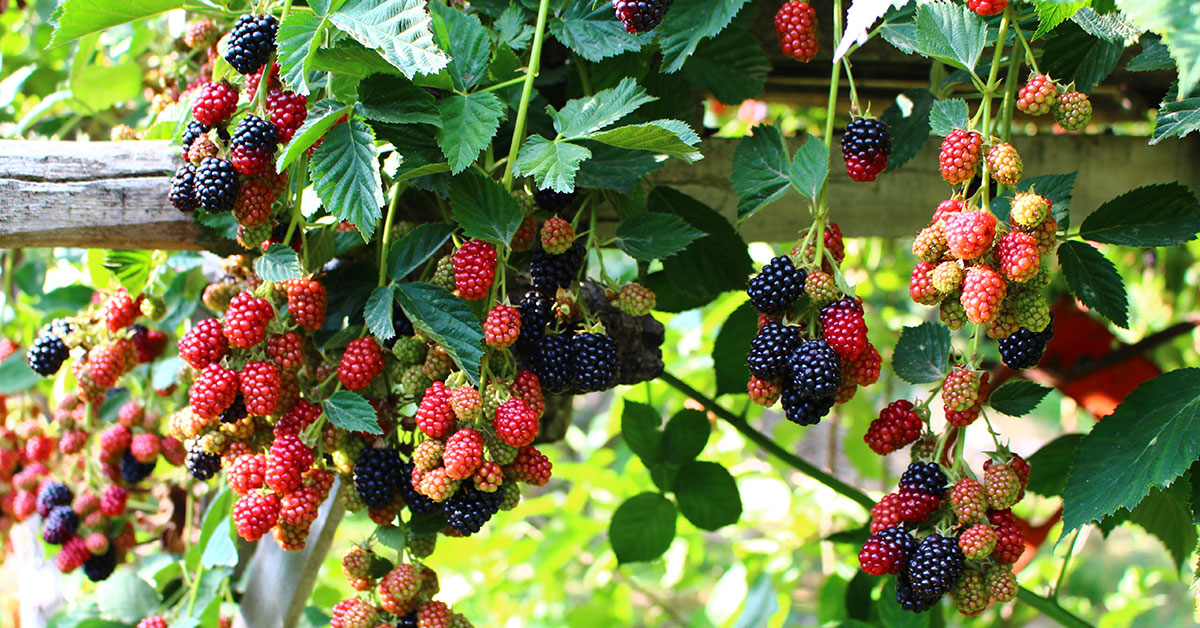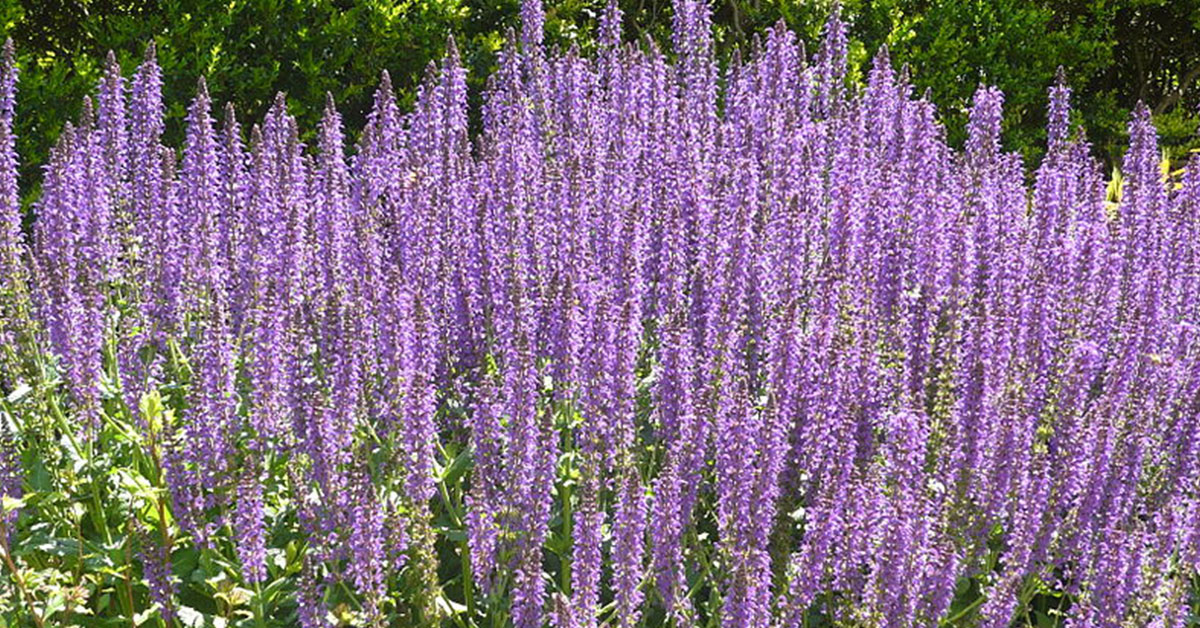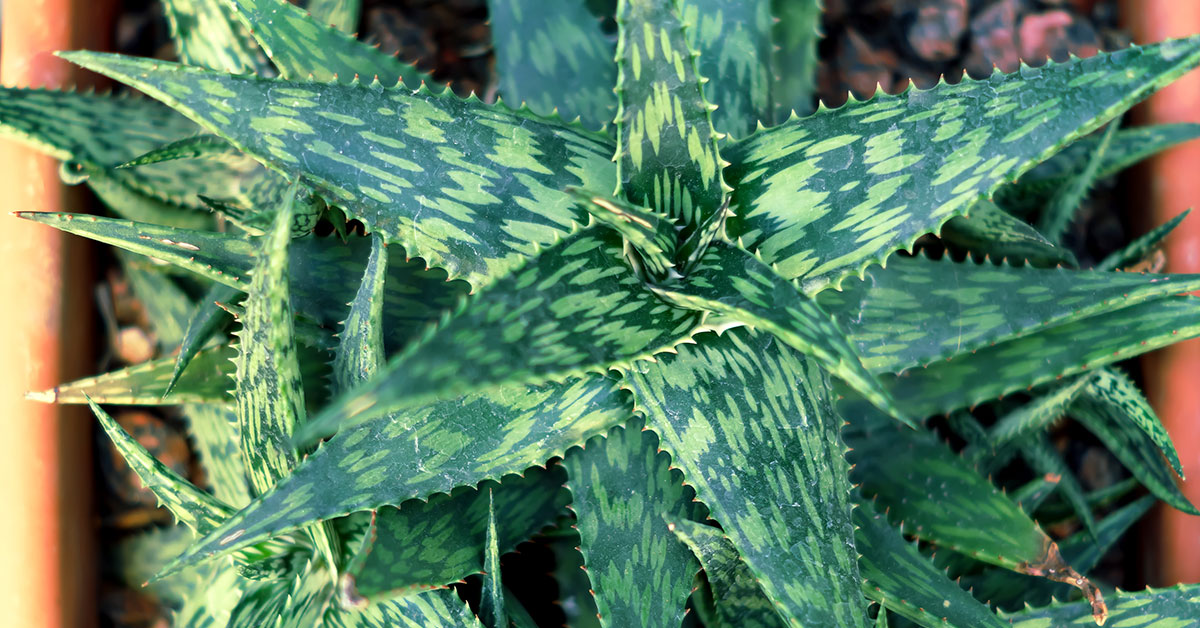Whether you love them for their delicious fruit or their pretty white flowers, blackberries are an excellent choice for any garden. Though they’re known to grow wild, you can also propagate blackberries at home with relative ease. This article will guide you through different propagation methods, helping you to grow your own plentiful blackberry patch.
Understanding Blackberries
Blackberries (Rubus spp.) are perennial plants that come from the same family as roses. The plants are famously hardy and can adapt to a variety of soil types, though they prefer a well-draining soil rich in organic matter. Blackberries are composed of two main types: erect and trailing. Both types can be propagated successfully, but the techniques can differ slightly.
A warning about invasiveness
Before you propagate blackberries, consider invasiveness. In many regions, particularly in North America, Europe, and Australia, certain types of blackberries are considered invasive due to their rapid growth, prolific seed production, and ability to overtake native vegetation. Some of the most common invasive blackberries include:
- Himalayan Blackberry (Rubus armeniacus): This species is native to Armenia and Northern Iran but is now widespread in many parts of the world. It’s recognized by its robust, thorny vines and large, sweet berries. Himalayan blackberries grow aggressively, creating dense thickets that can be challenging to control.
- Evergreen Blackberry (Rubus laciniatus): Originally from Europe, this species is now prevalent in many parts of North America. It’s characterized by its deeply serrated, evergreen leaves and sweet-tart berries. Evergreen blackberries can quickly establish in various habitats and are difficult to eradicate once established.
Non-Invasive Blackberries
Many modern cultivated varieties of blackberries have been bred to be less invasive and easier to manage. They are typically grown in home gardens for their tasty fruit. Some non-invasive varieties include:
- Thornless Blackberries (Rubus spp.): As the name suggests, these blackberries are bred to lack thorns, making them easier to handle and less aggressive. Popular thornless varieties include ‘Apache’, ‘Arapaho’, and ‘Navaho’.
- Trailing Blackberries (Rubus ursinus): This is a native North American species, also known as the Pacific blackberry or wild mountain blackberry. It’s less aggressive than its invasive counterparts and is often used to create hybrid varieties.
- Semi-Erect and Erect Blackberries: These types are typically less invasive and more manageable. Varieties such as ‘Black Satin’, ‘Chester’, and ‘Triple Crown’ are known for their upright growth habit and are often grown for commercial berry production.
Remember, “invasiveness” can depend on your geographical location. A plant that’s considered invasive in one region may be benign in another where it’s native or where environmental conditions aren’t favorable for rampant growth. Always check with your local extension service or a reputable nursery to confirm which plants are considered invasive in your area.
If you’re growing a variety known for its invasiveness, responsible management can help prevent it from spreading uncontrollably. This might involve pruning to keep the plant in check, disposing of plant material responsibly, and being mindful not to plant it near natural waterways or forested areas where it could easily spread.
Propagate blackberries by Cuttings
One of the most common methods of blackberry propagation is through stem cuttings, typically using the semi-hardwood or hardwood technique.
1. Semi-Hardwood Cuttings
This method works well for erect varieties of blackberries and is done during the summer.
- Identify a healthy stem that is midway through its growing season and has a mix of mature and immature leaves. Cut a 4-6 inches long piece at a 45-degree angle, just below a leaf node.
- Remove the leaves from the lower half of the cutting.
- Dip the cut end in rooting hormone powder. This isn’t necessary but can increase success rates.
- Plant the cutting in a pot filled with a mix of peat moss and perlite or a good quality potting soil. Ensure the soil is moist but not waterlogged.
- Cover the cutting and pot with a clear plastic bag to create a mini greenhouse. Make sure the plastic does not touch the cutting.
- Place the pot in a warm place with indirect light. Check on the cutting regularly, and mist it to maintain humidity.
- After a few weeks, check for root growth by gently tugging on the cutting. If there’s resistance, roots have formed.
2. Hardwood Cuttings
This method is ideal for trailing blackberry varieties and is conducted during the dormant season in late winter.
- Identify a healthy stem from the previous growing season. It should be mature and hardened but not overly woody. Cut a piece about 6-8 inches long, just below a bud.
- Plant the cutting in a pot with potting soil, burying about two-thirds of it.
- Place the pot in a cool place until the onset of the growing season. Once new growth begins, the plant can be moved to a warmer location and cared for as usual.
Propagate blackberries by layering
Layering is a natural process where a trailing stem comes in contact with the soil, sets roots, and forms a new plant. You can encourage this process artificially, making it an easy method of blackberry propagation.
- Choose a healthy stem that’s still attached to the mother plant.
- Bend the stem down to the ground and identify a point where it can comfortably touch the soil.
- Remove the leaves from this section, and wound the stem slightly by making a small cut or nick to encourage rooting. Some gardeners also apply rooting hormone to the wound.
- Bury this wounded section under the soil, leaving the rest of the stem exposed.
- Secure the stem in place using a metal pin or a heavy rock.
- Over the course of several weeks, the buried section should develop roots. Once you see new growth, you can sever the stem from the mother plant and have a new independent blackberry plant.
Propagate blackberries by Tip Layering
Tip layering is a variant of the layering method that works well for blackberry plants. It’s typically done in late summer to early fall.
- Identify a young, flexible stemthat is still growing. It should be long enough to reach the soil while remaining attached to the parent plant.
- Bend the tip of the stem downwards and insert about 2-4 inches of it into the soil. The tip should be buried.
- Secure the tip in the ground with a U-shaped pin or a heavy rock. The rest of the cane should remain above ground.
- Over the fall and winter, the buried tip will develop its own root system. Come spring, you’ll notice new growth indicating a successful propagation.
- At this point, you can sever the new plant from the parent stem and let it grow independently.
Propagate blackberries by Division
If you have an established blackberry plant, division is a quick and reliable propagation method. This is typically done in early spring or late fall when the plant is dormant.
- Using a spade, carefully dig around the plant to expose its root system.
- Look for a healthy section of root that has at least one bud. Using a clean, sharp knife, cut this section away from the main root.
- Replant this section in another part of your garden, or in a pot. Ensure the bud is level with or slightly above the soil surface.
- Water the new plant thoroughly and care for it as you would any other blackberry plant.
In conclusion, there are several ways to propagate blackberries, each with its own benefits. Whether you choose cuttings, layering, or division, with a little patience and care, you can enjoy an abundance of blackberries for many summers to come. Happy gardening!













